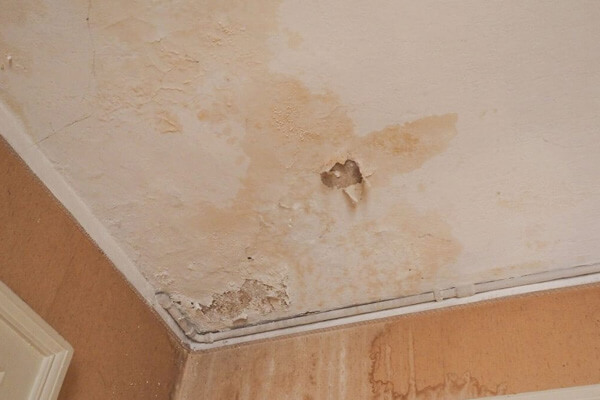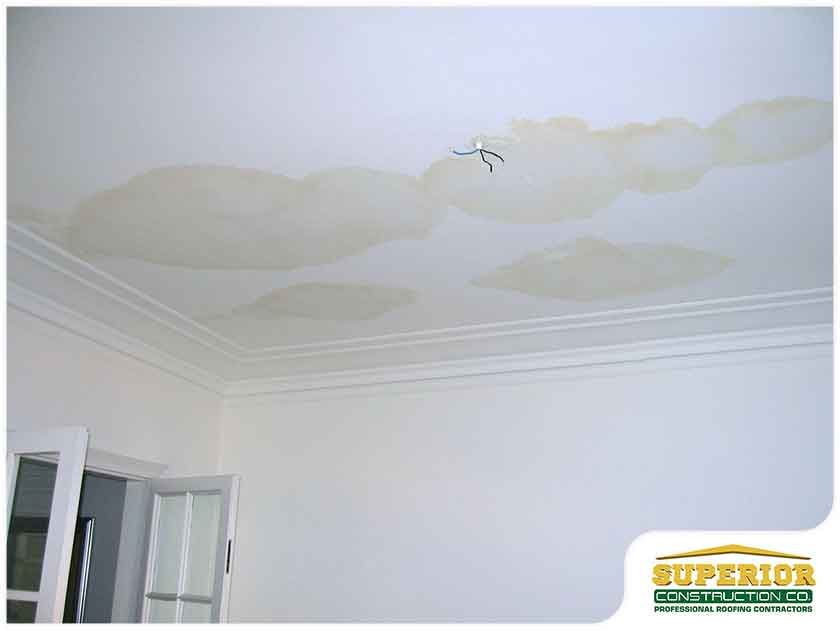We have come across this post about Indicators of Water Damage Behind Walls below on the web and reckoned it made perfect sense to relate it with you over here.

Water discolorations on walls are not pleasurable to the eyes. Your residence ought to be without discolorations on the wall surfaces, roof, or floors. That is the suitable state of a residence and its structures. Yet, often it appears virtually inevitable to experience water spots on walls in houses.
Property owners residing in damp areas regularly deal with the fear of water stains on walls. That does not have to be the instance for you. With well-shaped and accurate details on the sources of water discolorations and also timely repair work processes, you will always be a step ahead of such occurrences. So, this post guarantees to be a practical guide for you.
3 Typical Causes of Water Stains on Walls
Contrary to popular belief, water stains on wall surfaces do not always stem from inadequate structure products. There are a number of causes of water discolorations on wall surfaces. These consist of:
Moist
When hot damp air meets with completely dry chilly air, it creates water droplets to base on the walls of structures. When there is vapor from cooking or showers, this happens in washrooms and also cooking areas. The water droplets can tarnish the surrounding walls in these parts of your house and also spread to various other areas.
Moist or condensation influences the roofing system and also walls of structures. This creates them to show up darker than other locations of the residence. When the wall is wet, it produces an appropriate setting for the growth of germs as well as fungi. These may have negative effects on health and wellness, such as allergic reactions as well as respiratory system conditions.
Poor Water drainage
When making a structure plan, it is vital to make certain adequate drain. This will certainly prevent water from leaking into the walls. Where the drain system is obstructed or nonexistent, underground wetness develops. This web links to too much moisture that you notice on the wall surfaces of your building.
The leading cause of wet wall surfaces, in this instance, can be an inadequate water drainage system. It can additionally result from inadequate monitoring of sewer pipelines that run through the structure.
Pipeline Leaks
A lot of houses have a network of water pipes within the walls. This guarantees that the pipes are faraway from the reach of devastating rodents. It constantly raises the stability of such pipelines, as there is little oxygen within the walls. This dissuades rust.
A drawback to this is that water leakage affects the wall surfaces of the building and creates prevalent damages. An indicator of defective pipelines is the look of a water stain on the wall surface.
Pro Idea
A houseplant in your home additionally raises its moisture. So, if the house is currently damp, you may intend to introduce houseplants with marginal transpiration. An instance of appropriate houseplants is succulents.
Water Stains on Wall Surface: Repair Work Tips
When dealing with water stains, home owners would typically desire a quick solution. Yet, they would soon recognize this is counterproductive as the water discolorations repeat. Below are a few handy suggestions that will certainly guide you in the repair work of water discolorations on walls:
Final thought
Although no one intends to have water discolorations on walls in their home, it can occur to the very best of us. This short article gives you utilize, as you currently know exactly how to handle this problem if it does occur.
It is always best to recruit expert solutions to assist repair the damages in your home.
Often it appears almost inevitable to experience water discolorations on walls in houses.
Contrary to popular idea, water discolorations on wall surfaces do not constantly stem from inadequate structure materials. There are a number of reasons of water spots on wall surfaces. The water droplets can tarnish the surrounding wall surfaces in these components of your residence and spread to other areas.
Below are a couple of valuable pointers that will certainly lead you in the repair service of water stains on walls:
CHECKING FOR WATER DAMAGE
Water damage can be costly, and it may begin before you even notice the first signs of trouble. Water damage can cause mold and mildew in your walls and floors, which can create an abundance of health concerns for your family. It can also lead to costly repairs of various appliances and general home fixtures. To avoid the pricey consequences of water damage, here are Warner Service’s top 5 places you should check:
The walls – The easiest place to spot the beginnings of water damage is on the walls and ceilings of your home. If water damage is present, there will most likely be water stains, especially around the windows and doorframes, and/or cracks in the drywall. If a stain looks unusual (discolored to brown, black or gray, raised texture), has a swollen appearance or is soft to the touch, contact a professional immediately. The pipes – To avoid water damage, consistently check the pipes in your kitchen (especially the dishwasher and ice maker), bathrooms, laundry room (specifically washing machines) and basement for corrosion, leaks and water stains. Pay special attention to where the pipes connect in your home and the location of caulking around the bathroom fixtures, including toilets, sinks, showers and tubs. Missing or loose caulking and grout could be signs of leaking water. This seepage can also quickly cause mold and rust, so double check your water heater and tank for wet spots on the floor. The floor – Water damage is very easy to spot on the floor. Look for any warping or buckling of the material, especially in the basement. If your home has wood flooring, look for bright white or dark stains. If your home has carpeting, keep it dry and clean. A damp carpet that smells of mold could cause water damage and health problems. To avoid this, consider installing floor pans under your appliances to help prevent damages from small, slow and undetected leaks. The basement and attic – If your basement or attic smells odd check for mold and mildew around the area, especially the valley where the roof meets. While you are inspecting those areas, check for wall cracks, floor stains, rust and dampness in the insulation. If you live in a colder and/or rainier climate, perform routine checks for water damage from melting snow or ice and rain. The exterior – Check the roof for damaged flashing and missing, cracked or curled shingles. There should also be no standing water anywhere outside your home. This could be caused by puddles, leaky rain gutters or hoses, poor drainage, or short gutter spouts. Invest in a sump pump system or water flow monitoring system, and perform routine maintenance on these outdoor appliances to avoid indoor water damage.

Do you appreciate more info about Water Stains on Walls? Place a remark down below. We will be interested to find out your thinking about this posting. We are looking forward to see you back again in the future. Are you aware of somebody who is inquisitive about the topic? Why not promote it. We treasure reading our article about Water Stains on Walls.
Avoid disaster, Call us!